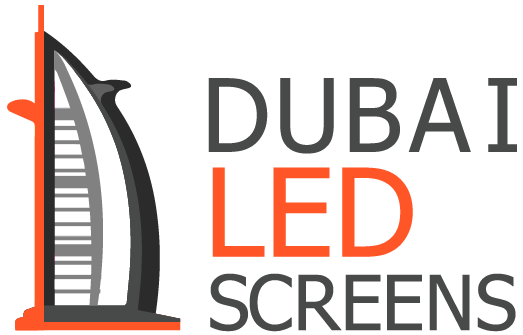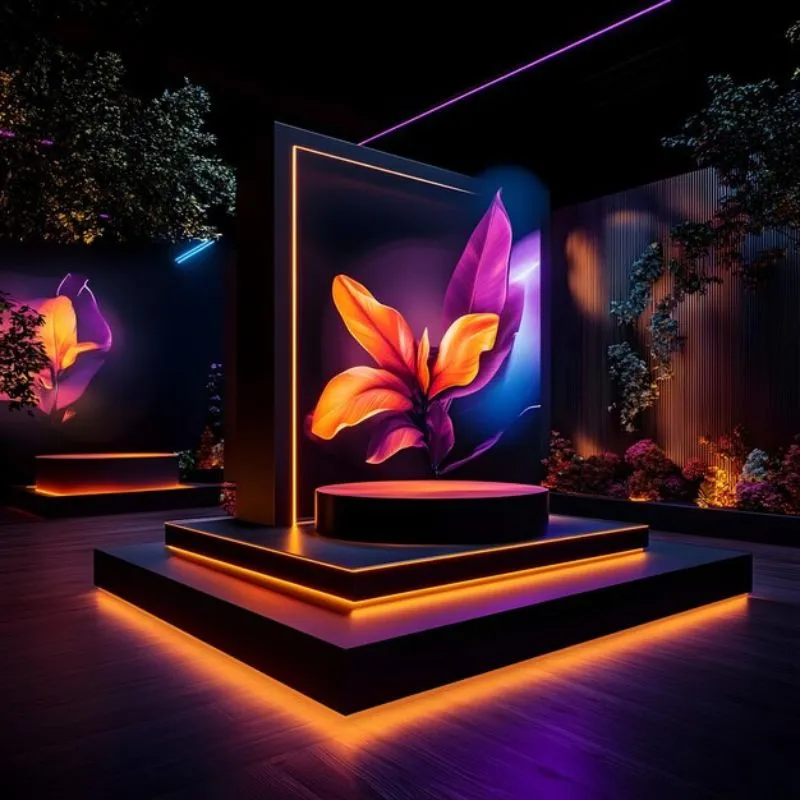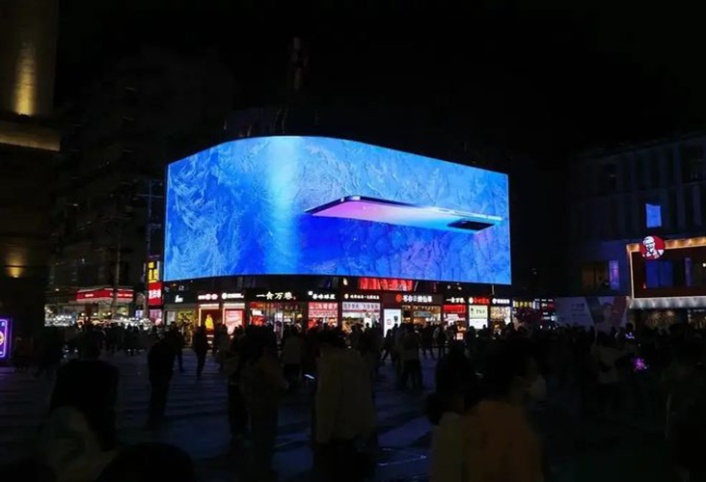In today’s fast-paced, technology-driven world, LED screens have evolved from simple display tools to essential elements of ultra-modern designs. Whether used in retail, entertainment, architecture, or corporate settings, LED screens offer unparalleled versatility, clarity, and impact. Here’s a look at how these cutting-edge displays are reshaping modern design aesthetics.
1. Seamless Integration with Architecture
Gone are the days when LED screens were just clunky add-ons. Modern LED displays now integrate seamlessly with building architecture, creating stunning facades that merge design with functionality. These screens can wrap around entire buildings or cover ceilings and floors, offering a fluid and continuous visual experience that enhances the overall structure’s look.
Example: The Burj Khalifa in Dubai often uses LED displays to create spectacular light shows, transforming the building into a canvas for digital art and messaging.
2. Transparent LED Screens for a Futuristic Look
Transparent LED displays offer a glimpse into the future of design by allowing viewers to see through them while still displaying vibrant content. These screens are ideal for retail storefronts, museums, and exhibition spaces where both the product and digital content need to be visible.
Why it matters: Transparent LEDs provide a perfect balance between digital engagement and maintaining the aesthetics of the surrounding environment, particularly in high-end luxury stores.
3. Curved LED Displays for Immersive Experiences
Curved LED screens are designed to captivate audiences by offering immersive viewing angles. This type of LED technology is often used in control rooms, conference centers, or large-scale concerts where the audience is fully enveloped in a digital experience.
Tip: When planning for a curved LED screen, ensure that content is designed to fit the screen’s unique shape for maximum impact.
4. Interactive LED Walls for Dynamic Engagement
Interactive LED screens allow users to engage with content like never before. These screens, typically found in museums, educational centers, or high-end retail, respond to touch or movement, offering a highly personalized experience. This modern twist on traditional displays helps brands connect with their audiences in innovative ways.
Pro tip: Use interactive LED walls for product launches or immersive brand experiences to boost engagement and leave a lasting impression.
5. Minimalist Design with Micro LED Technology
Micro LED technology offers ultra-thin, bezel-less designs that can be incorporated into any modern environment without disrupting the aesthetics. These high-resolution screens are perfect for corporate boardrooms, high-tech homes, or minimalist design settings, offering a sleek and sophisticated look.
Key benefit: Micro LED displays provide sharp visuals while maintaining a minimal footprint, making them ideal for high-end design projects.
6. Eco-Friendly LED Displays for Sustainability
As sustainability becomes a key focus in modern design, energy-efficient LED screens are gaining popularity. Modern LED technology consumes less power while offering brighter and crisper visuals, aligning with eco-friendly architecture and green building standards.
Tip: Look for LED screens with energy-saving features, such as auto-dimming capabilities, to reduce energy consumption without compromising on display quality.
Conclusion
Ultra-modern LED screen designs have become an integral part of contemporary architecture, interior design, and marketing strategies. From transparent displays to interactive walls, these screens are transforming the way we experience digital content in physical spaces. As technology continues to evolve, LED displays will undoubtedly play a crucial role in shaping the future of design.





